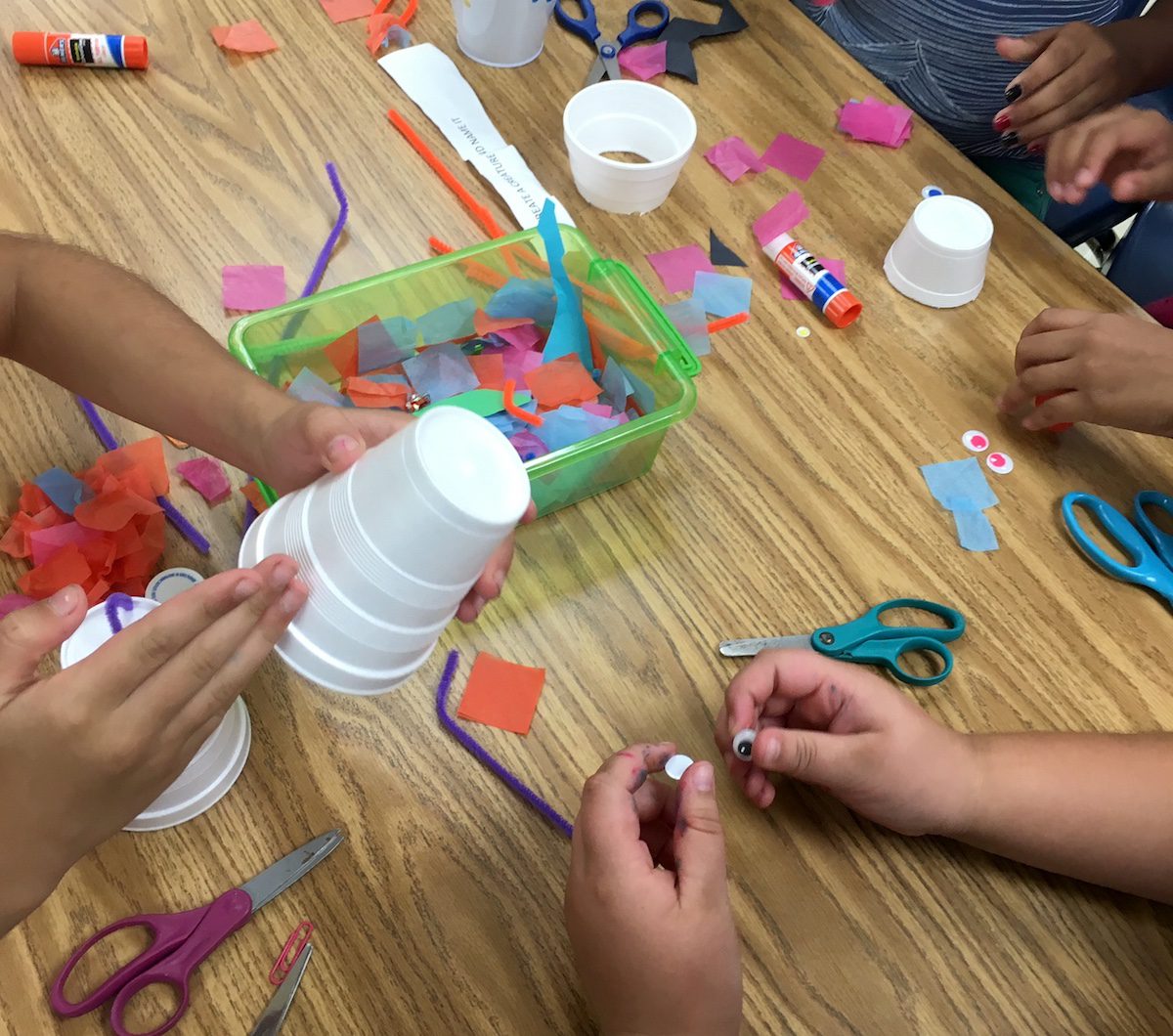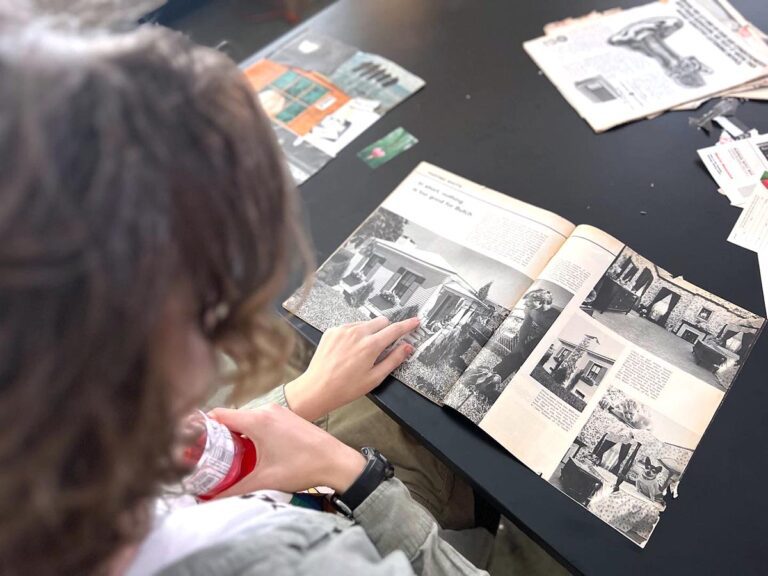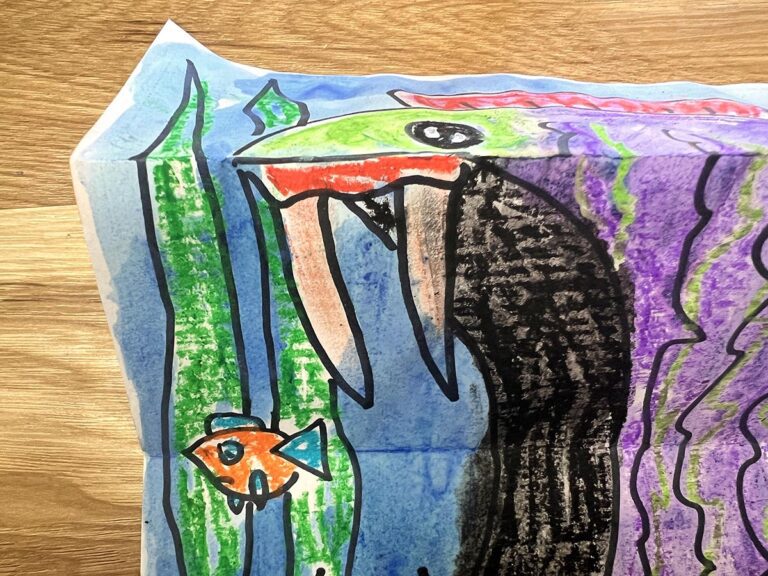Have you ever overheard your students make these statements?
“I can’t do this.”
“I wish I was creative.”
Well, if you have, you’re not alone. Students often lack creative confidence when they create their own art—especially as they get older. As art teachers, it is important to create a classroom culture and give our students opportunities that promote creativity. In her article, Seven Habits of Highly Creative People, author Linda Naiman shares, “If you follow your curiosity, experiment with ideas, and learn from your mistakes, the quality of your creativity will vastly improve.”
Creativity is a popular word in education today, and that’s a huge benefit for art teachers. It is a skill sought out by some of the largest companies. Laura Pappano, New York Times writer, states, “Once considered the product of genius or divine inspiration, creativity—the ability to spot problems and devise smart solutions—is being recast as a prized and teachable skill.”
This may get you thinking of ways to better foster creativity in your classroom.
Check out these 8 ways to foster creativity among your students!
1. Use prompts to get students thinking.
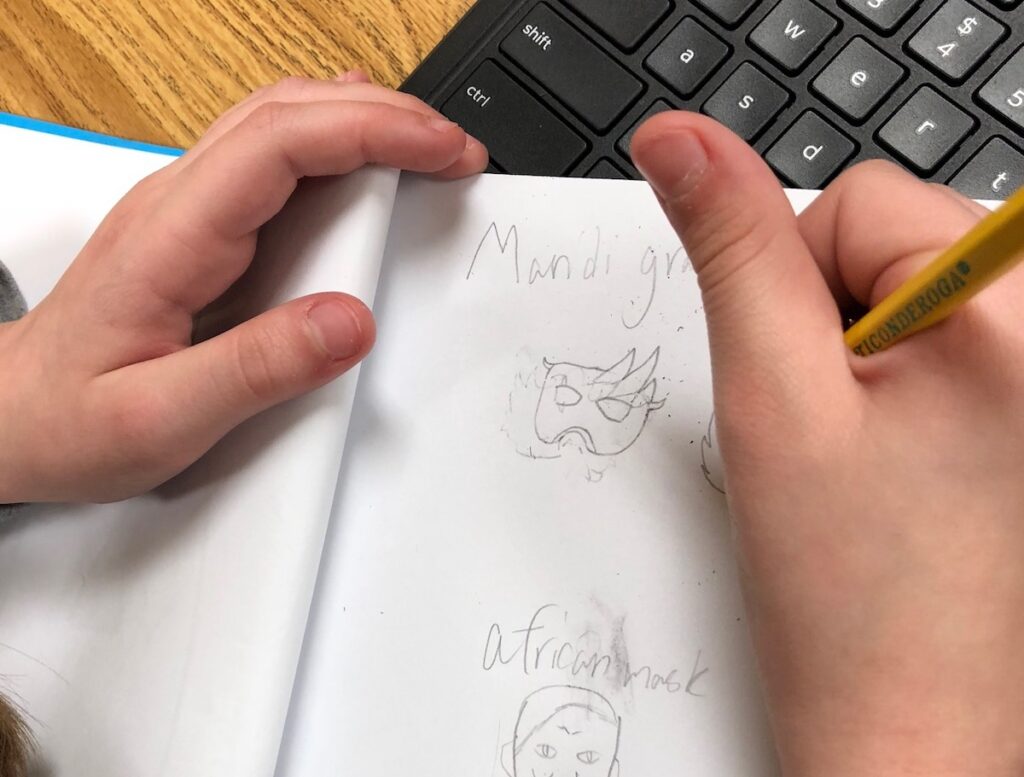
Prompts are fantastic ways of getting your students to generate ideas to create. When your students have artist’s block and can’t think of something, prompts help with ideation. These can be used in normal art lessons, independent work, and sketchbooks.
Check out these resources to get ideas you can use right away in your classroom.
- 100 Silly Drawing Prompts to Engage Your Students
- 100 Sketchbook Prompts Your Students Will Love
- 50 Visual Journal Prompts to Promote Drawing and Creative Thinking Skills
- 20 “Finish the Picture” Prompts Plus 33 MORE Early Finisher Activities That You Can Feel Good About
2. Add art challenges to your curriculum.
Art challenges are creative problems for students to solve. They work well with groups or individual students, as well as a wide variety of topics.
Here are some resources with a variety of art challenges for you to use in your classroom.
- Why You Should Incorporate Art Challenges in Your Room this School Year
- 3 Art Challenges That Are Perfect for the End of the Year
- 3 Awesome Art Challenges for the First Day of School
3. Give your students choice.
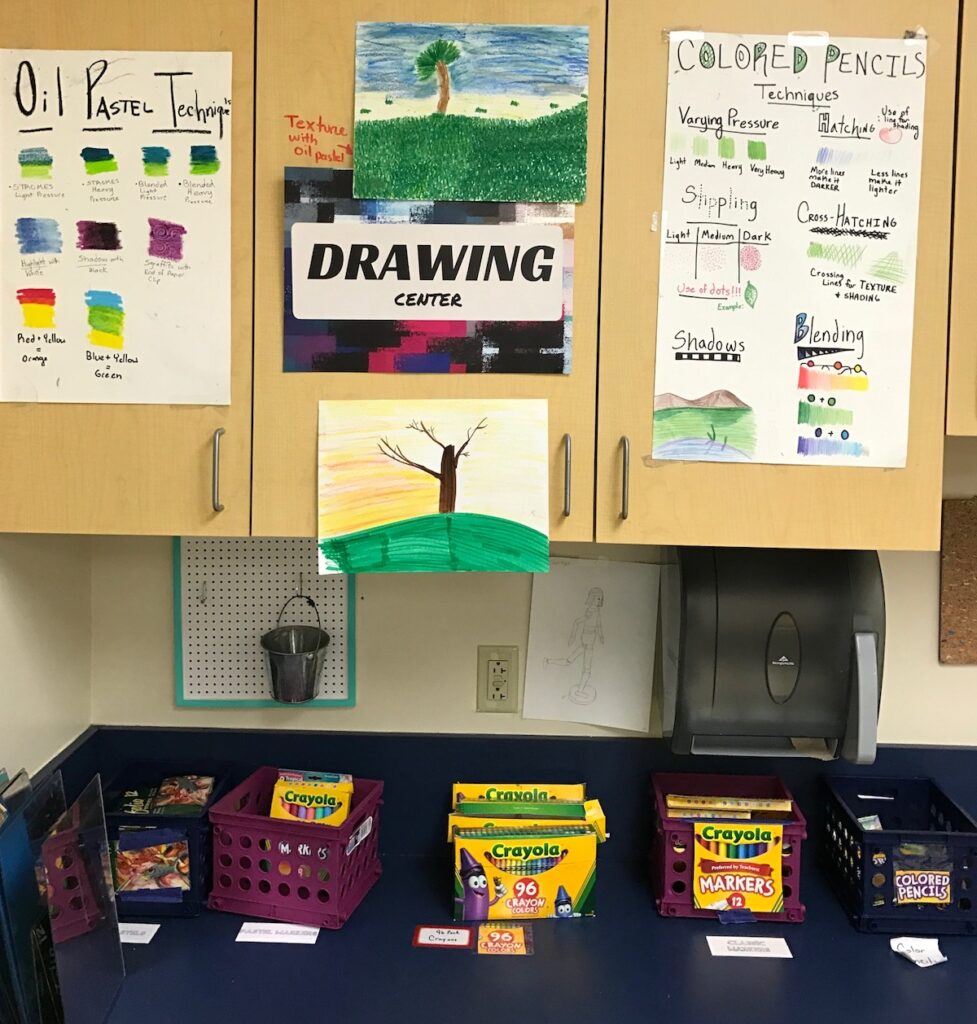
Giving your students choice allows an opportunity for them to use their own ideas. Allow your students to learn techniques from you and choose their own subject and medium. You will see students start to really infuse their ideas into their work and create things you never thought to teach. This also promotes student inquiry and engagement.
Check out the article, 5 Essential Centers for Choice-Based Classrooms, to get a deeper look into having choice-based centers in your classroom.
4. Throw a task party.
Coined by Oliver Herring, a conceptual artist, a task party is a fun way to get your students thinking outside the box. Basically, you write a variety of creative tasks, place them in a bucket, and have each student draw one out. Then, the students must complete those tasks in the allotted time.
Here is a more detailed overview.
- Gather as many odds and ends as you can. These could include styrofoam, cardboard, paper scraps, and paper plates. Students will also need access to adhesives and scissors. You can give students access to other art supplies, too.
- Place a variety of tasks in a bucket.
- Have students draw a task and create or perform it.
- Once a student finishes a task, they can write another and add it to the bucket or choose another task depending on the rules you have in place.
Here are 3 examples of tasks to get you started.
- Create a mini-museum.
- Draw a caricature of a friend.
- Build a house for a mouse.
You will have a great time watching your students get creative with their solutions. Not to mention the community building that will take place!
5. Embrace student mistakes.
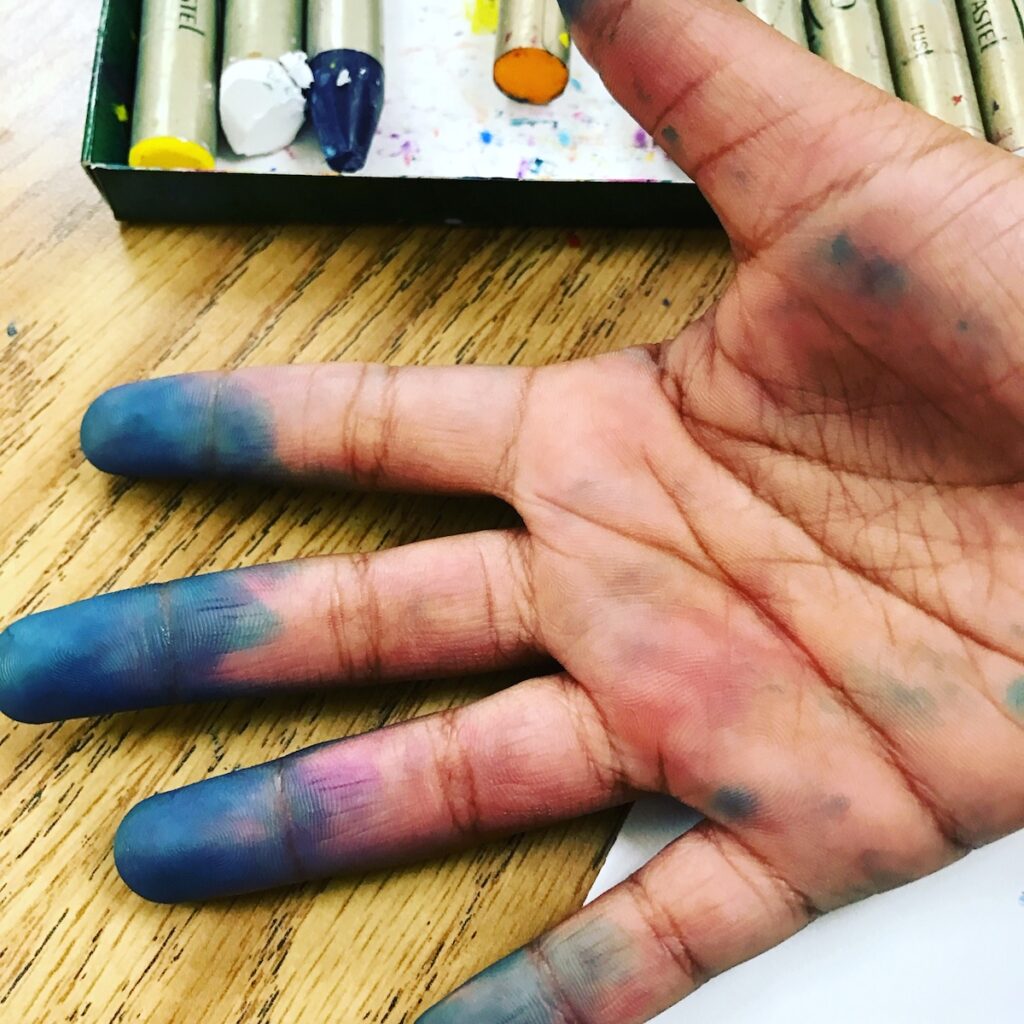
“Creativity takes courage,” is a well-known quote from the artist, Henri Matisse. Emphasizing the value in mistakes with your class will allow you to create a culture promoting a safe space for failure.
Here are a few ways to promote this concept with your class.
- Give students positive reinforcement when they make a mistake and allow them to problem-solve to find a solution.
- Read the book, Beautiful Oops, by Barney Saltzberg. It will help reinforce the idea of turning mistakes into art despite an initial failure.
- Give students a paper with a dot, rip, or paint splatter and have them turn it into something. This helps students see how mistakes can be turned into something beautiful.
6. Promote curiosity.
Remind students it is important to be curious and investigate their ideas. When you promote inquiry in the classroom, students are more likely to explore and add new ideas into their work. Encourage them to conduct research to find an unknown answer or try out new techniques to get new ideas.
7. Add art traps to your classroom.
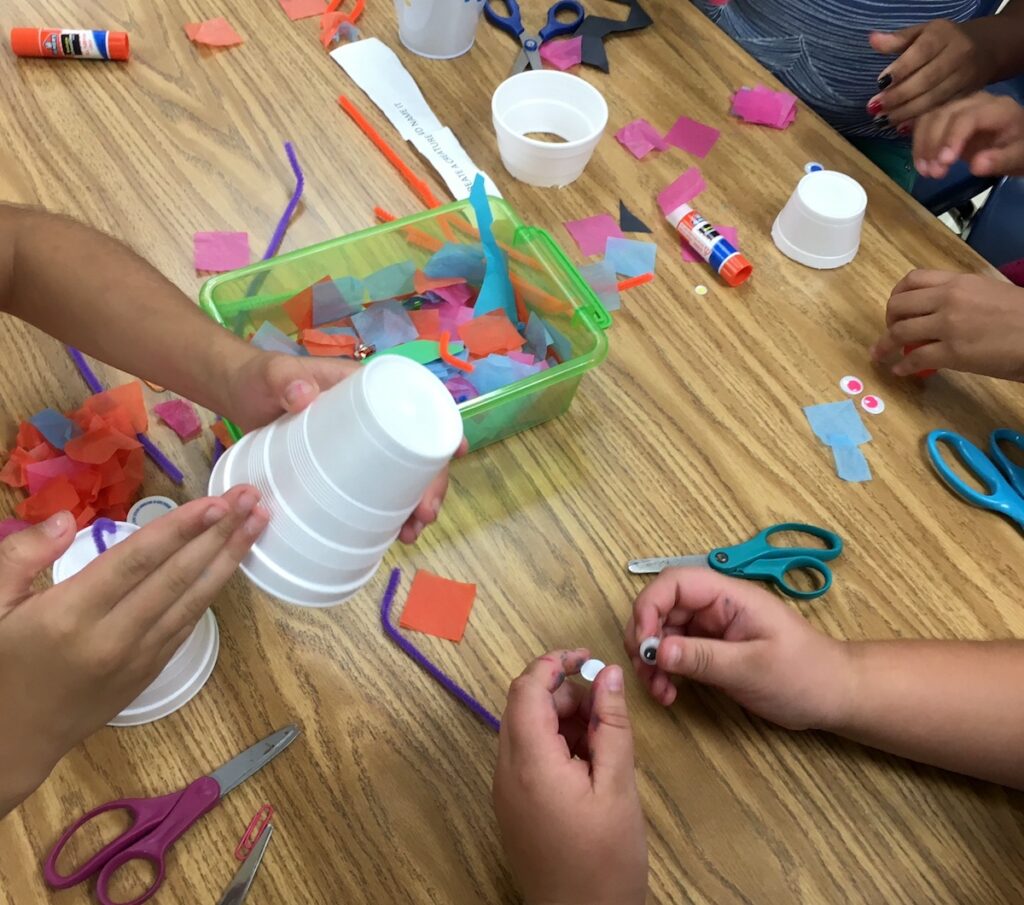
Art traps, created by Nan Hathaway, are made to “…temp [sic] learners to try something they might not have thought of otherwise, to nudge them into sampling a new media or tool, to bypass the decision-making, or setup, that might prevent some from getting down to it. It’s about removing barriers—sparking interest.”
If students take the bait, art traps are an engaging way to get students to grow their creative capacity. Here are a few examples of art traps I have used in my classroom.
- Place googly eyes near the drawing center but do not tell students about them.
- Set out an anchor chart with techniques for a fan brush and put out fan brushes in our painting center.
8. Make sure to reflect upon the creative process.
While exploring and trying new things is wonderful, it is imperative to help your students process what they do in your class. Take time to reflect upon the creative process by having class critiques, sharing sessions, class discussions, and exit tickets.
Individual conversations are also beneficial. Speak one-on-one with students as they create. The reflection time will give students a deeper understanding behind what they have done in your class.
All in all, creativity is such a natural part of the art room that these strategies can be integrated into your class easily. Taking the extra step to intentionally address creativity will allow you to take it to the next level.
How do you promote creativity in the classroom?
How do you help your students embrace their mistakes?
Magazine articles and podcasts are opinions of professional education contributors and do not necessarily represent the position of the Art of Education University (AOEU) or its academic offerings. Contributors use terms in the way they are most often talked about in the scope of their educational experiences.
